Tourists Help Scientists Reveal Microplastic Pollution On Remote Arctic Beaches
Eddie Gonzales Jr. – MessageToEagle.com – We know that microplastic contamination has reached the Arctic, but quantifying the amount that appears on beaches and understanding where it came from is difficult.
 Arctic ice – Image credit: Pixabay
Arctic ice – Image credit: Pixabay
Scientists asked tourists on Arctic cruises to take part in a program of sample collection while visiting Svalbard and used these samples to identify microplastics that probably originated from ships and fishing net.
Tourists acting as citizen scientists have helped a research team detect microplastics on remote Arctic beaches. The global scale of plastic production means that these tiny fragments of plastic are now ubiquitous, and scientists fear that ocean currents will cause plastic to accumulate in the Arctic, damaging ecosystems. But our knowledge of the scale and type of plastic pollution in the Arctic is incomplete. Researchers recruited holidaymakers to carry out sample collection during cruises, hoping to fill in some of the gaps in their knowledge.
 Photo of small fragmented plastic particles observed on Lomfjord (location 9) in August 2017. Image credit B. Lutz with permission)
Photo of small fragmented plastic particles observed on Lomfjord (location 9) in August 2017. Image credit B. Lutz with permission)
“Plastic pollution is now ubiquitous. It is found on land and in soil and most rivers of the world,” said Dr Bruno Walther of the Alfred Wegener Institute, Helmholtz Centre for Polar and Marine Research, author of the study in Frontiers in Environmental Science. “It is even found in the polar oceans and the deepest ocean trenches.”
Plastic gets everywhere
The Svalbard archipelago is Europe’s northernmost landmass – beautiful, remote, and at risk from microplastics transported by ocean currents. Four tourist cruises visiting Svalbard in 2016, 2017, 2021 and 2022 collected sediment samples: all cruises except 2022 also surveyed macroplastic debris (between 2.5 and 10cm in size) for a different study. Initially, single samples were taken from beaches using simple metal tools and sent to the scientists with metadata and photographs to record sampling locations.
Later this was expanded to cover whole beaches with sampling grids.
“Citizen science is possible even in remote Arctic beaches,” said Walther. “This helps to cut down on travelling time, CO2 emissions and costs for scientists, and it helps to engage citizens in a global environmental issue.”
These samples were dried out, weighed, and measured. Each sample was filtered to capture particles 1mm or larger in size. This boundary was selected on the basis that larger particles don’t easily become airborne, an assumption that the scientists tested by keeping a bowl of purified water next to their worksurface and filtering it to search for microplastics after their analysis was complete: no microplastics had drifted from the laboratory’s air into the water.
To avoid plastic contamination, the scientists ran an air purifier, wore cotton lab coats, avoided synthetic clothing, and covered samples with aluminum lids. Identified plastic particles were examined under a microscope and then analyzed using spectroscopy.
Written by Eddie Gonzales Jr. – MessageToEagle.com Staff
Related Posts
-
 Unknown Global Processes Revealed By The Analysis Of Ancient Climate
No Comments | Oct 14, 2024
Unknown Global Processes Revealed By The Analysis Of Ancient Climate
No Comments | Oct 14, 2024 -
 Solar Weather Has Real Material Effects On Earth
No Comments | Jul 14, 2019
Solar Weather Has Real Material Effects On Earth
No Comments | Jul 14, 2019 -
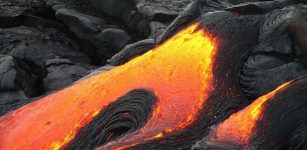 Volcanic Secrets Revealed – A New Truth About The Earth’s Crust And Its Makeup
No Comments | Sep 15, 2021
Volcanic Secrets Revealed – A New Truth About The Earth’s Crust And Its Makeup
No Comments | Sep 15, 2021 -
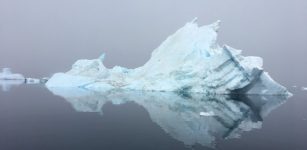 ‘Climate Chaos’ – Warming In Eastern Canada And Cooling In Northwestern Europe
No Comments | Feb 7, 2019
‘Climate Chaos’ – Warming In Eastern Canada And Cooling In Northwestern Europe
No Comments | Feb 7, 2019 -
 Early Humans Were Probably Driven To Extinction By Climate Change – Study Suggests
No Comments | Oct 15, 2020
Early Humans Were Probably Driven To Extinction By Climate Change – Study Suggests
No Comments | Oct 15, 2020 -
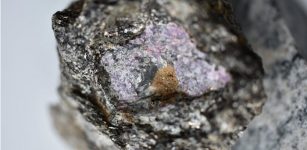 Some Of The World’s Oldest Rubies Linked To Early Life
No Comments | Oct 23, 2021
Some Of The World’s Oldest Rubies Linked To Early Life
No Comments | Oct 23, 2021 -
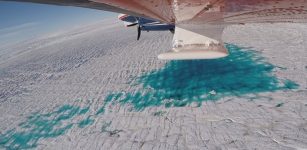 Radar Scans Of The Greenland Ice Sheet Reveal The Shutdown And Reconfiguration Of Ice Streams
No Comments | Dec 6, 2022
Radar Scans Of The Greenland Ice Sheet Reveal The Shutdown And Reconfiguration Of Ice Streams
No Comments | Dec 6, 2022 -
 Carbon Dissolved In Arctic Rivers Affects Our World – Here’s How To Study It
No Comments | Oct 12, 2021
Carbon Dissolved In Arctic Rivers Affects Our World – Here’s How To Study It
No Comments | Oct 12, 2021 -
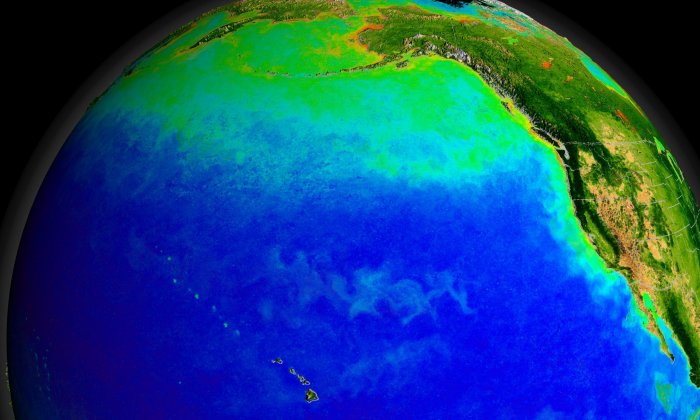 Warming Of North Pacific Helped First Human Migration From Asia To North America
No Comments | Dec 15, 2020
Warming Of North Pacific Helped First Human Migration From Asia To North America
No Comments | Dec 15, 2020 -
 Rate Of Climate Change Questioned By Scientists
No Comments | Nov 9, 2018
Rate Of Climate Change Questioned By Scientists
No Comments | Nov 9, 2018
